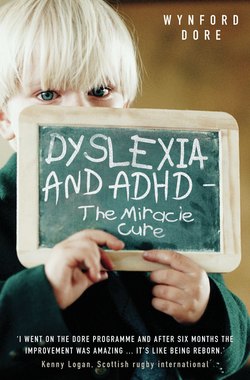Читать книгу Dyslexia and ADHD - The Miracle Cure - Wynford Dore - Страница 19
На сайте Литреса книга снята с продажи.
KEY FEATURES OF DYSPRAXIA
ОглавлениеChildren with dyspraxia may exhibit the following characteristics:
In younger children small objects can be difficult to pick up
Unable to properly complete jigsaws/games that involve sorting
Difficulty in holding a pencil and poor handwriting
Cannot sort shapes or toys effectively
Throwing and catching games are difficult
Low muscle tone (can lead to lax joints)
Difficulty in dressing or tying shoelaces
Using a knife and fork is unco-ordinated
There is confusion in laterality (telling left from right) – child changes between right and left hand, and may not develop a fully dominant side until much later than average
Inability to recognise or predict dangers
They can physically tire easily
They may demonstrate general irritability or limited social skills
There is often poor posture or body awareness
Often poor spatial awareness
They may give inappropriate verbal responses or seem immature
Limited ability to concentrate
Late development in language
Difficulty in understanding prepositions, e.g. in/on/behind/underneath
Unable to follow sequential instructions.
These are the most common symptoms described in dyspraxics. Some are rarer than others are; some of course are also elements of other problems like dyslexia or ADHD.
